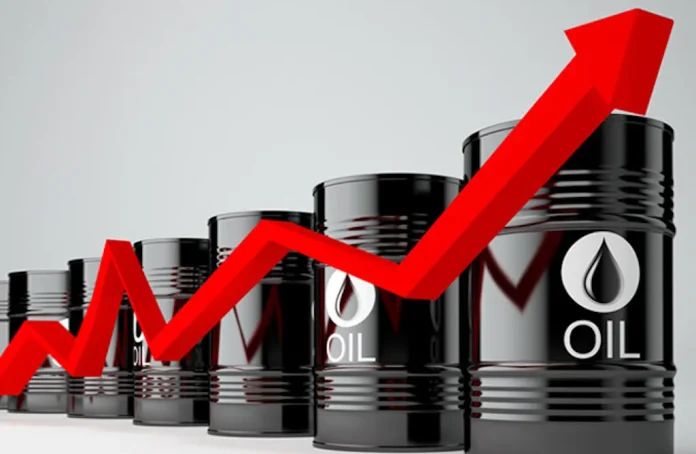Oil prices soared in the global commodities market as refineries throughout the world began to cut run rates. Brent crude is trading 0.3% higher at $72.93 a barrel, while WTI, the US benchmark, is up 0.5% to $70.44.
Oil prices have risen and fallen due to imbalances in the global commodities market. There is also sentiment, or rather expectation, that a US rate cut will lower energy costs in the face of an uninspiring Chinese crude demand picture. China data implies that demand will stay weak in the short term until GDP catches up.
Analysts projected that demand would rise after the US Federal Reserve cut interest rates at its meeting from September 17 to 18.
Brent settled 1.59% higher yesterday, possibly as shorts in the market cover their positions ahead of Wednesday’s FOMC meeting, ING said in a Tuesday note.
Analysts maintained that the global commodities market is still torn between a 25 basis point or 50 basis points cut from the US Fed.
There are also lingering concerns over Libyan oil supply, which continues to be disrupted due to political fighting over the central bank’s control, according to ING.
In addition, in the US, a little more than 12% of US Gulf of Mexico oil production remains shut-in following Hurricane Francine.
Refinery margins around the globe remain under pressure. Unsurprisingly, this weakness is leading refiners to reduce their run rates.
In Spain, it is reported that Repsol will be cutting run rates by around 5%. While in Italy, ENI will reportedly reduce run rates by as much as 10% at some of its refineries.
ING commodities strategists said a reduction in run rates is obviously not great for crude oil demand. European natural gas prices came under further pressure yesterday. TTF settled 4.4% lower on the day and finished at its lowest level since late July. Warmer weather weighed on prices.
EU storage continues to tick higher despite reduced flows from Norway, where heavy scheduled maintenance is ongoing. Undeniably, storage builds have slowed significantly due to these reduced flows, but EU storage still stands at more than 93% full.














